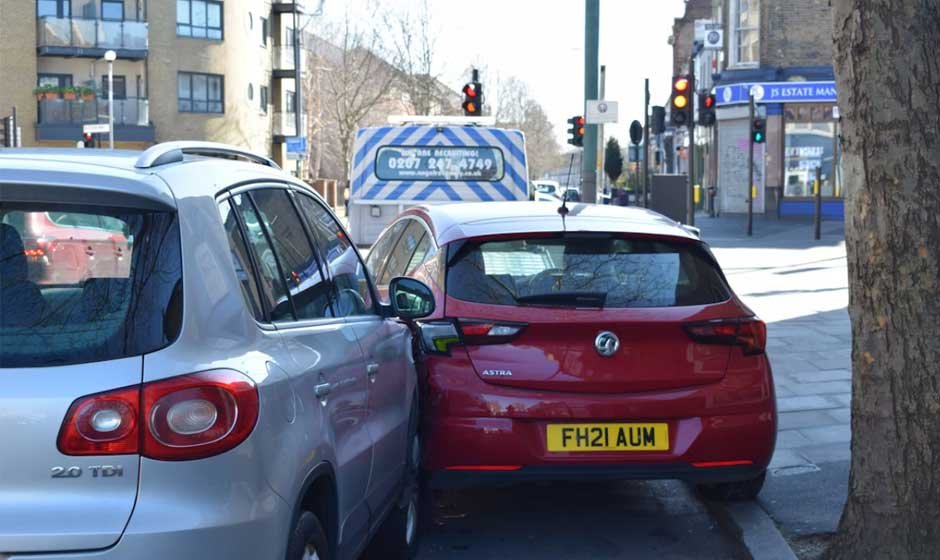Driving is an everyday activity for many people, yet it comes with inherent dangers. The factors contributing to car accidents are numerous, and understanding them can reduce the likelihood of involvement in a crash. This article will explore various conditions and behaviors that increase the risk of vehicle accidents, helping drivers to be more aware and cautious on the roads.
Environmental Factors
The environment plays a significant role in vehicle safety. Adverse weather conditions, like rain, snow, and fog, can lead to decreased visibility and a loss of traction. Studies show that wet surfaces increase the likelihood of skidding, resulting in higher chances of collisions. In regions with frequent rain or snow, the incidence of accidents often rises during these seasons.
Poorly maintained roads can contribute to accidents as well. Potholes, loose gravel, and a lack of proper signage present hazards that can lead to crashes. Regular road maintenance is crucial for minimizing risks associated with these environmental factors. Local governments must prioritize road safety by ensuring smooth surfaces and clear signals.
Local Laws and Regulations
Traffic laws vary from one location to another, which means that understanding local regulations is imperative for drivers. Some areas may have unique rules regarding right-of-way, turning at traffic signals, or the use of seat belts and child safety seats.
Being aware of these specifics can help in avoiding tickets and reducing accident risks. If you are wondering what to do after a vehicle crash in Richmond, Chesapeake, or anywhere else, familiarize yourself with local laws regarding accident reporting and driver responsibilities. Driving under the influence of alcohol or drugs is illegal in every state, and the consequences can be severe. To avoid legal complications, make sure to contact a lawyer familiar with the local laws.
The Centers for Disease Control and Prevention (CDC) highlights that nearly 30 people die each day due to alcohol-related crashes. Legal penalties aside, impaired judgment increases the likelihood of accidents dramatically.
Driver Behavior
Individual actions significantly impact road safety. Distracted driving, such as texting or talking on a phone, diverts attention from the road, leading to mistakes and accidents. The National Highway Traffic Safety Administration (NHTSA) reports that approximately 9% of all fatal crashes involve a distracted driver. Drivers should prioritize staying alert and focused while operating a vehicle.
Speeding is another dangerous behavior that increases the risk of accidents. Exceeding the speed limit reduces the driver’s ability to react to sudden changes, such as pedestrians crossing or sudden stops. According to the World Health Organization, about 23% of all road traffic deaths involve speeding vehicles. Staying within the speed limit allows for safer driving conditions and enhances the ability to respond to potential hazards.
Vehicle Condition and Maintenance
The condition of a vehicle is crucial for safe driving. Regular maintenance, including oil changes, brake checks, and tire inspections, can prevent mechanical failures that lead to accidents. A study from the National Highway Traffic Safety Administration indicates that around 20% of vehicle crashes are related to mechanical issues. Drivers should keep their vehicles in top shape and address any issues as soon as they arise.
Proper tire maintenance is particularly important. Under-inflated tires can affect handling and increase stopping distances. Regularly checking tire pressure and tread depth ensures a safer driving experience. Investing in quality tires suited for specific weather conditions can enhance vehicle performance.
Time of Day and Road Type
The risk of accidents can vary significantly based on the time of day and the type of road being traveled. Nighttime driving poses additional challenges, such as reduced visibility and increased fatigue. A report from the NHTSA states that the fatality rate is three times higher after dark than during the day. Drivers should exercise extra caution during these hours, possibly adjusting their travel plans to avoid late-night commutes.
Road types influence accident rates. Highways often see a larger volume of traffic, and the speeds can be higher, leading to more severe accidents when they occur. Urban areas experience frequent stops and starts, making them prone to fender benders and minor collisions. Understanding the specific dynamics of these environments can help drivers adapt their strategies to stay safe.

Cultural Attitudes Toward Driving
Lastly, societal attitudes towards driving can impact safety on the roads. In some cultures, there may be a more relaxed approach to traffic laws, leading to increased risks. When speed limits are not taken seriously or when driving under the influence is normalized, the likelihood of accidents increases. Awareness campaigns can play a crucial role in changing these attitudes and enhancing road safety.
Education about the consequences of reckless driving and the importance of following traffic laws should be promoted through community efforts. Programs aimed at young drivers, in particular, can create lasting impressions and instill safe driving habits.
Understanding the various factors contributing to car accidents is key for all drivers. By recognizing environmental influences, driver behavior, local laws, vehicle maintenance, time of day, and cultural attitudes, individuals can take proactive steps to ensure their safety and the safety of others on the road.










